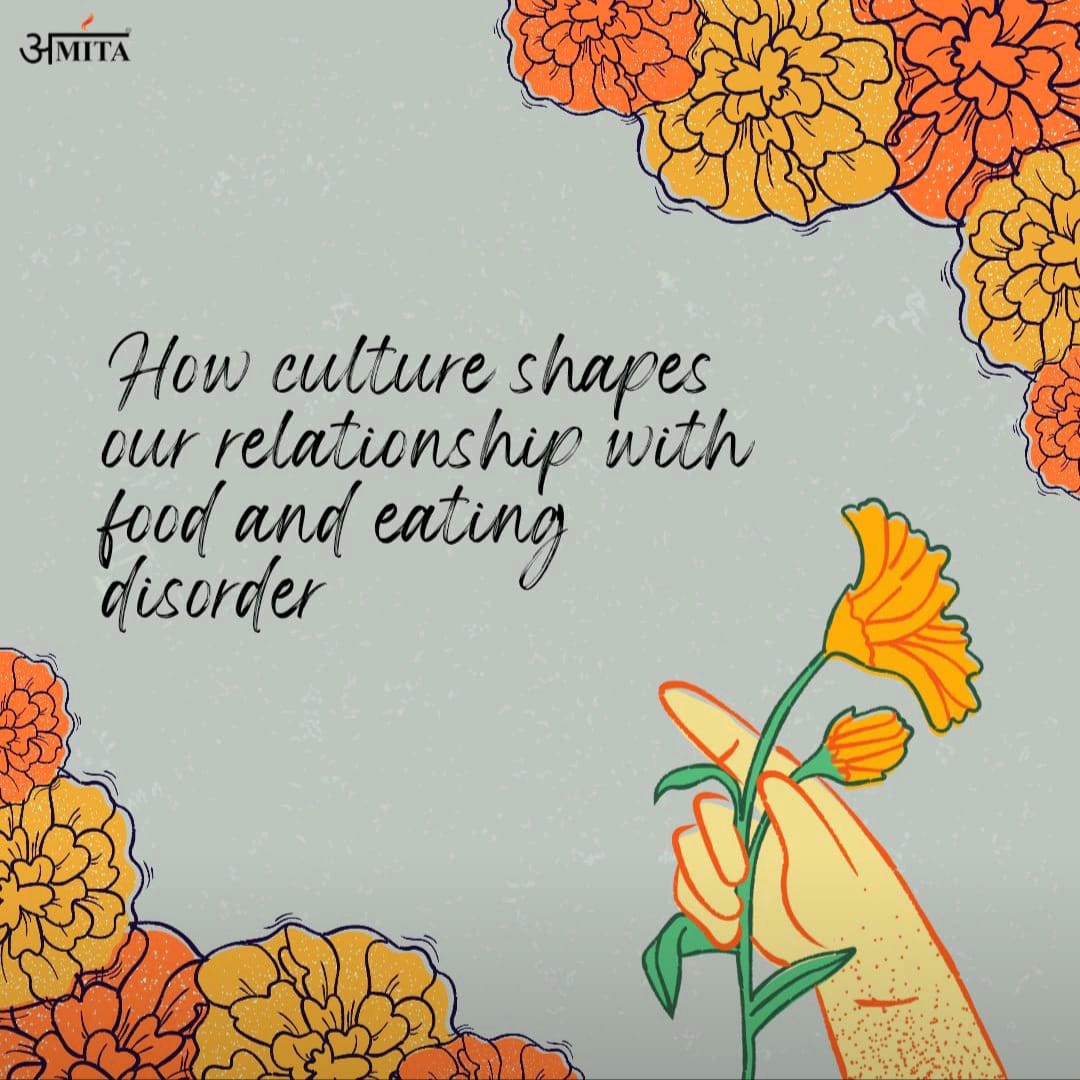
Eating disorders aren’t a one-size-fits-all issue. While often associated with Western cultures, these conditions manifest differently across the globe, influenced by social and cultural norms.
The Pressure to Be Perfect: In cultures with a strong emphasis on thinness and beauty ideals, we see a rise in eating disorders like anorexia nervosa. This pressure to conform to a specific body type can be a significant risk factor.
Strength and Status: On the other hand, some cultures value a larger body size associated with strength and prosperity. Here, conditions like binge eating disorder might be more prevalent. The focus might shift from weight loss to controlling food intake or purging behaviors.
Shifting Sands: Globalization and the spread of Western media can introduce new beauty standards to cultures that traditionally valued different body types. This rapid change can be disorienting, leading to confusion and increased risk of eating disorders.
Beyond the Physical: Cultural beliefs about gender roles, family dynamics, and the importance of food in social gatherings also play a role. For example, cultures with a strong emphasis on female submissiveness might see higher rates of restrictive eating disorders in women.
Understanding the Context: Taking a culturally sensitive approach is vital for treatment. Therapists must consider the specific social and cultural factors that contribute to the eating disorder in each case. This allows for a more effective and supportive recovery plan.
A Global Challenge: Eating disorders are a global issue, and understanding the cultural context is crucial for prevention, intervention, and recovery. By recognizing these influences, we can offer culturally sensitive support systems and promote healthy relationships with food across all cultures.
Kanishka
